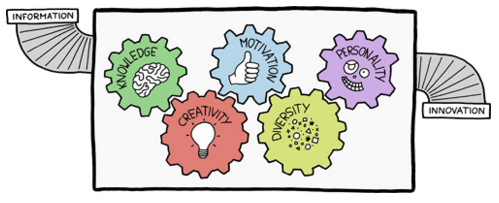Robert Nyman from Google covered a number of topics but the one which interested me the most was about SLICE. The idea behind SLICE is that there are some times when you just don’t need your own mobile app – 16% of people will use an app twice and 90% of the apps on your phone you nearly never use. So why develop an app when you can harness the power of the web?
So that,s the background – what does SLICE stand for?
- Secure – All domains are sand-boxed from each other and sites are sand-boxed away from the users machine. The user can go to any site and know they are safe.
- Linkable – You can point to any page or piece of content just by sharing a URL
- Indexable – Because you can link to anything, if public it can be discovered by any person or machine that can index it to make it universally discoverable to everyone.
- Composable – IFrames and JavaScript allow us to quickly compose and embed new sites, apps and services just by dropping in some JS and hooking things together.
- Ephemeral – There is nothing to install, you go to the page and interact with it, leave the page and when you do it stops taking up resources.
The ultimate aim of this appears to be that anything a native app can do a SLICE can do – such as interact with devices over Bluetooth etc. Also because its the web its always up to date and no need for the app to be deployed etc.
Details on SLICE on the web are a little tricky to find, there are some details here and you can see the slide which Robert presented here.
